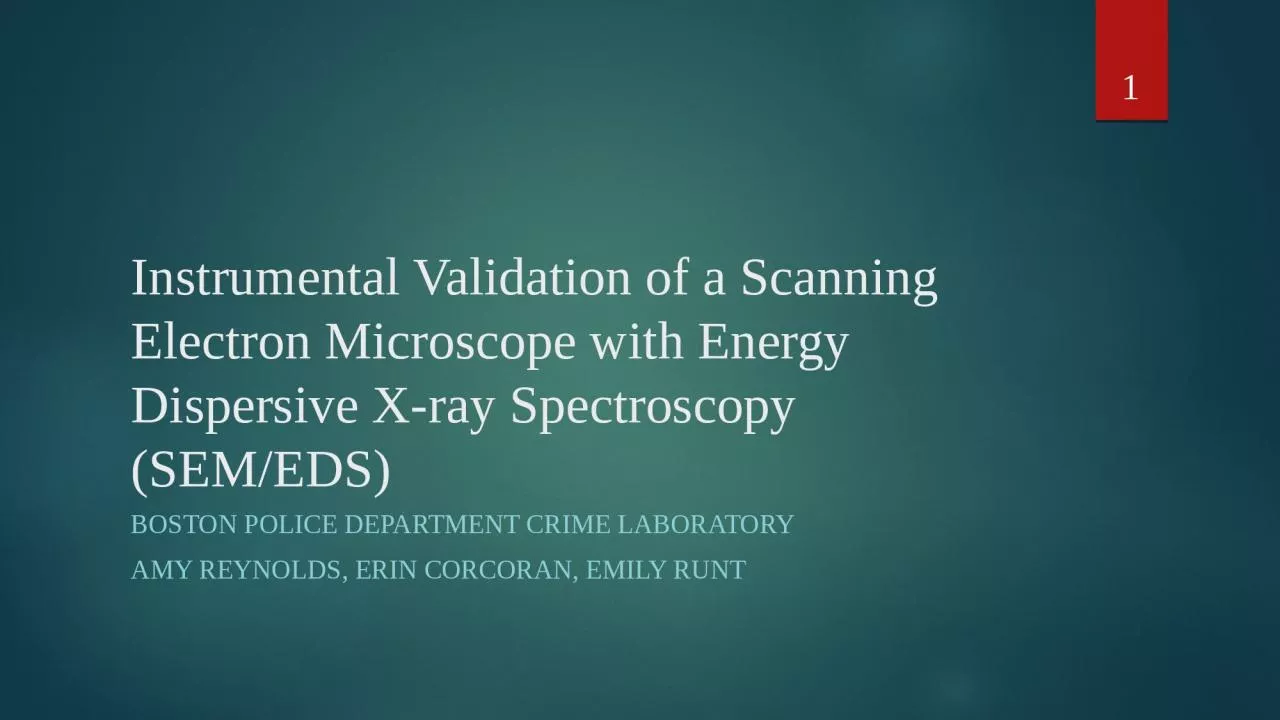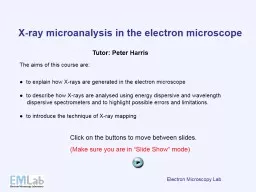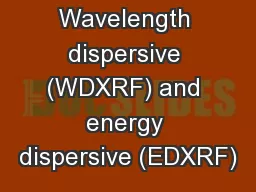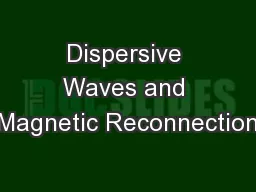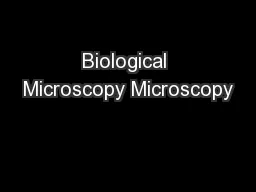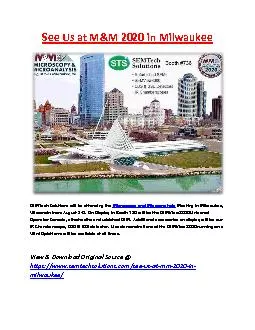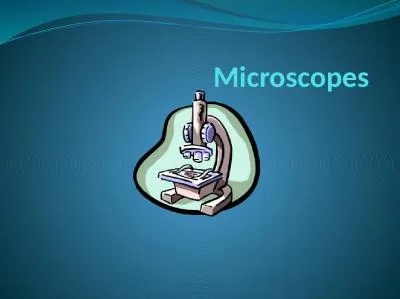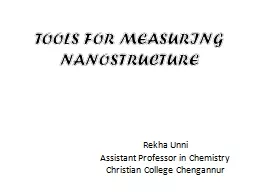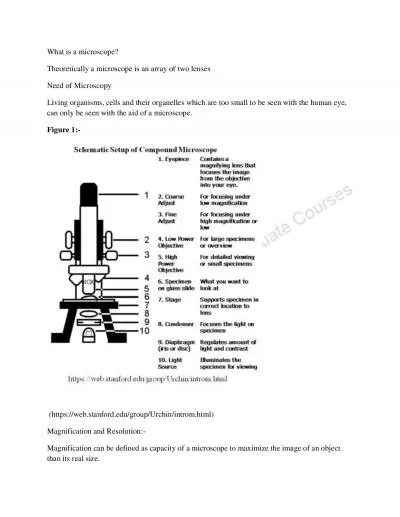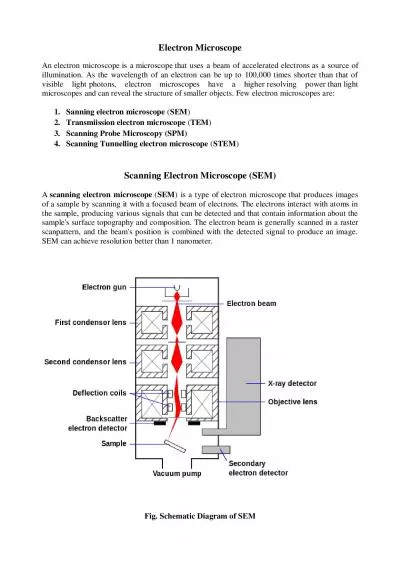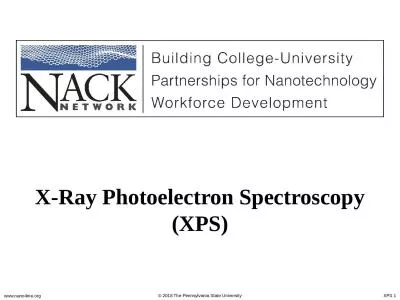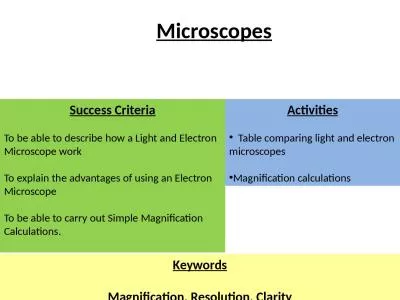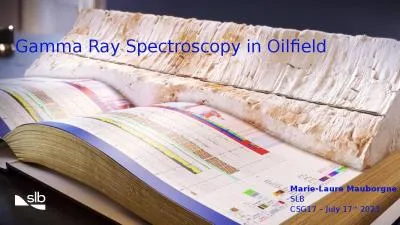PPT-Instrumental Validation of a Scanning Electron Microscope with Energy Dispersive X-ray
Author : elina | Published Date : 2024-03-13
BOSTON Police Department Crime Laboratory Amy Reynolds Erin Corcoran Emily runt 1 SEMEDS Acquisition Sept of 2014 our previous Amray SEM with PGT EDS stopped working
Presentation Embed Code
Download Presentation
Download Presentation The PPT/PDF document "Instrumental Validation of a Scanning El..." is the property of its rightful owner. Permission is granted to download and print the materials on this website for personal, non-commercial use only, and to display it on your personal computer provided you do not modify the materials and that you retain all copyright notices contained in the materials. By downloading content from our website, you accept the terms of this agreement.
Instrumental Validation of a Scanning Electron Microscope with Energy Dispersive X-ray: Transcript
Download Rules Of Document
"Instrumental Validation of a Scanning Electron Microscope with Energy Dispersive X-ray"The content belongs to its owner. You may download and print it for personal use, without modification, and keep all copyright notices. By downloading, you agree to these terms.
Related Documents

